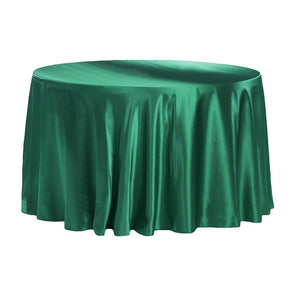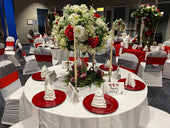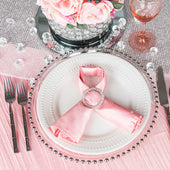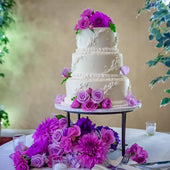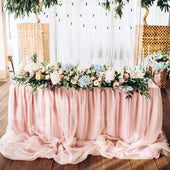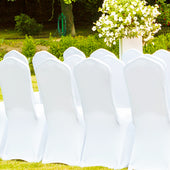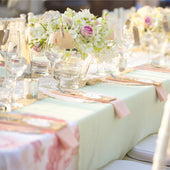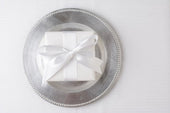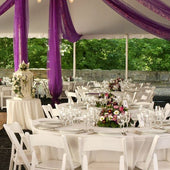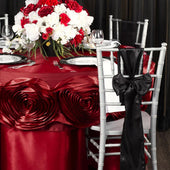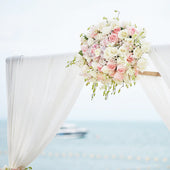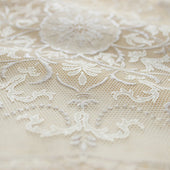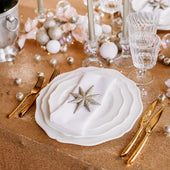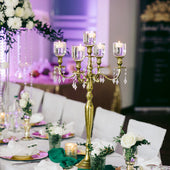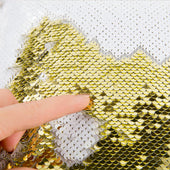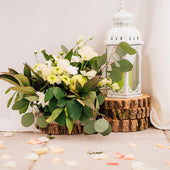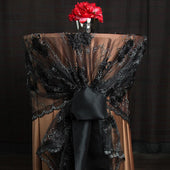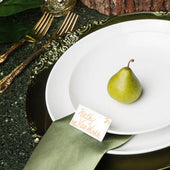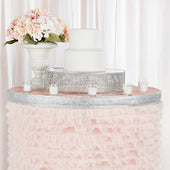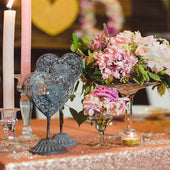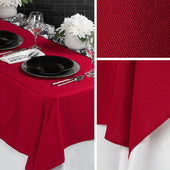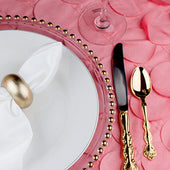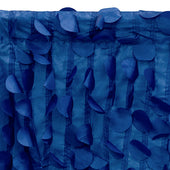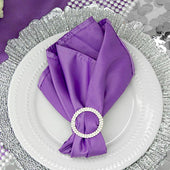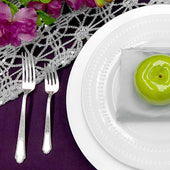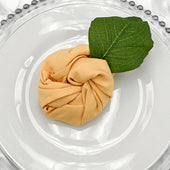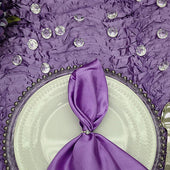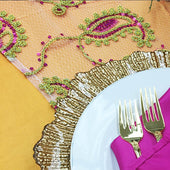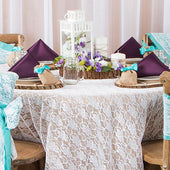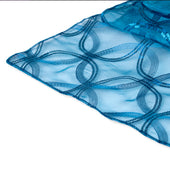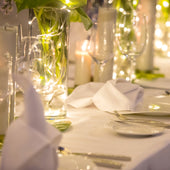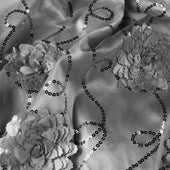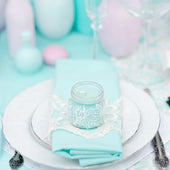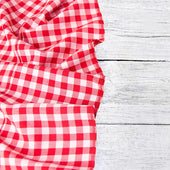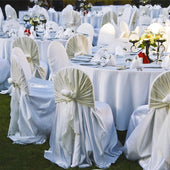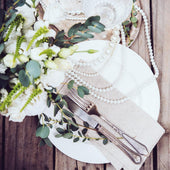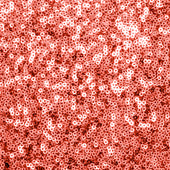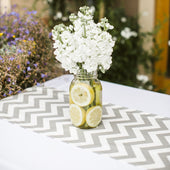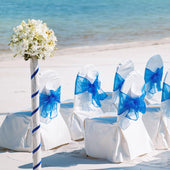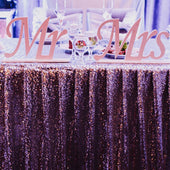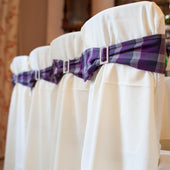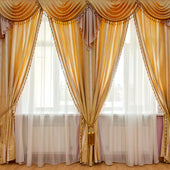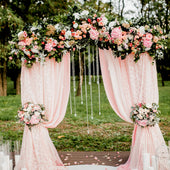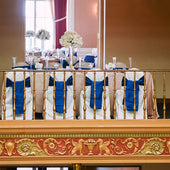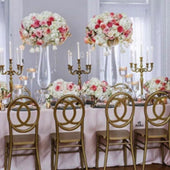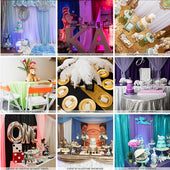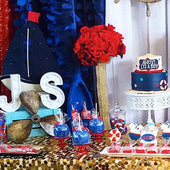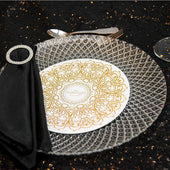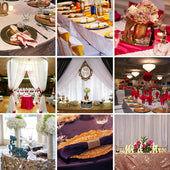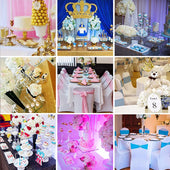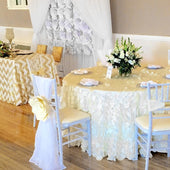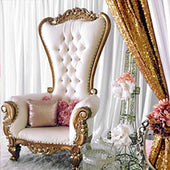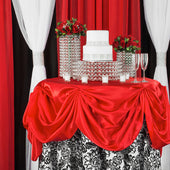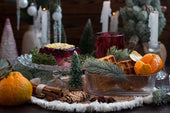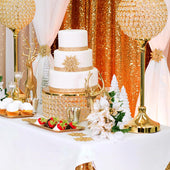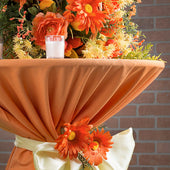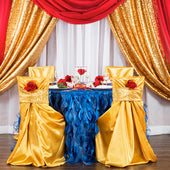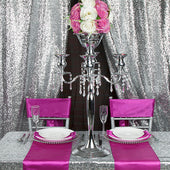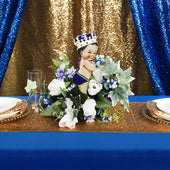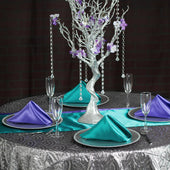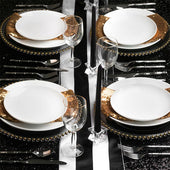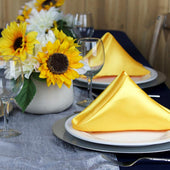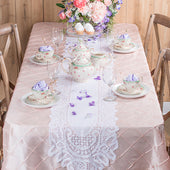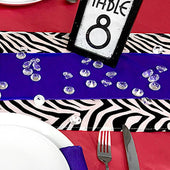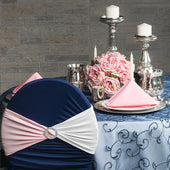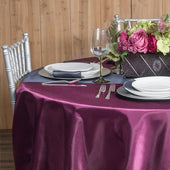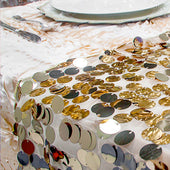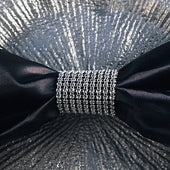Throwing parties and planning events are enjoyable activities that go well with setting tables with elegant tablecloths. Any table and occasion are made more colorful and livelier with a gorgeous table cover.
Keeping these pieces in good condition entails washing, packaging, and storing them properly. Follow these tips to ensure proper tablecloth storage!
Pre-Storage
To preserve their quality, prep your tablecloths before you store them. First, ensure all spills, accumulated dirt, and food stains have been removed from your tablecloths. Wash them thoroughly to prevent any stains from setting into the fabric.
Additionally, make sure your tablecloths are completely dry before storing them. Moisture can lead to the formation of mold, which gives your fabric an awful smell. Finally, it is advisable to iron or steam your linens before storing them. This procedure helps keep your linens looking crisp and will smooth out any wrinkles.
Choosing the Right Storage Location
You may help your tablecloths last longer by storing them properly. Here are some tips that will help you pick the ideal storage space:
- Find a location that is cool, dry, and well-ventilated. Choose an area with plenty of airflow to help prevent moisture buildup. Stay away from areas that are directly exposed to sunlight as this could cause fading and discoloration.
- Avoid storing tablecloths in areas where temperature can suddenly change or fluctuate like garages, attics, or basements.
- Keep tablecloths away from humidity and pests. Find storage that is protected from moisture and pests such as mice or insects that could physically harm the fabric.
Storage Containers and Bag
Invest in the right storage containers and bags to keep your table linens looking great for years to come. Here are some of the options available:
1. Fabric Storage Bags
Fabric storage bags offer protection against dust, dirt, and pests while allowing airflow to prevent moisture buildup. Aside from plastic containers being used as the most common ones, these bags are commonly made from cotton, linen, or canvas.
2. Acid-Free Archival Boxes
Acid-free archival boxes come in cardboard or plastic material. These are great for storing delicate tablecloths as they can help prevent fabrics from yellowing and degradation because they can help detract acid exposure. This component helps fabrics to last longer. They come in a variety of sizes to accommodate different tablecloth sizes.
3. Plastic Storage Bins
These are a convenient option for keeping everyday tablecloths and those used for casual occasions. You can buy transparent containers with locking lids to readily inspect for dust or pests. Make sure that your tablecloths are clean and thoroughly dry before placing them in the bins to prevent moisture retention.
Different Methods for Storing Tablecloths
Here are a few tablecloth storage ideas to keep them orderly and wrinkle-free:
Folding
This is the most space-efficient way to store linens. Lay your tablecloth on a clean, flat surface. Fold it in half lengthwise, then widthwise. Continue folding until the size fits comfortably in your drawer or shelf.
Hanging
Fold your tablecloths in half lengthwise and drape them evenly over the hanger on both sides. Use sturdy, padded hangers to protect the linen. Hanging tablecloths in closets keeps them in good shape and allows for easy access.
Rolling
This method is best for long tablecloths or ones with embellishments that would be damaged if folded. Place the tablecloth on a flat, clean surface and smooth out any wrinkles or creases. Then, roll the tablecloth tightly around a cardboard tube or PVC pipe.
Special Consideration for Different Fabrics
Delicate fabrics like lace or silk tend to stretch when folded for a long time. To avoid wrinkles and creases, the best way to store linens like these is to roll them into cardboard tubes or PVC pipes.
Cotton or polyester, on the other hand, are sturdy enough to be folded. You can also roll them depending on how much storage space you have available.
The key to storing tablecloths is to fully clean them and allow them to dry completely. This ensures they are always ready for your next gathering or event!
Maintenance and Care Tips for Stored Tablecloths
Part of maintaining the look of your tablecloths is taking care of them while being stored. Regularly inspect them for signs of damage or dirt.
Check for rips, discoloration, and molds that may happen while stored. Look out for pests such as moths or silverfish, which can damage your tablecloths if left untreated.
They must also be washed regularly to stay fresh and clean. Air them out in a well-ventilated area to remove the stale stench.
Do not leave them crumpled for too long after washing, as this can cause wrinkles. Fold or hang your tablecloths before returning them to your storage.
Our Products
Satin
Polyester
Lace




